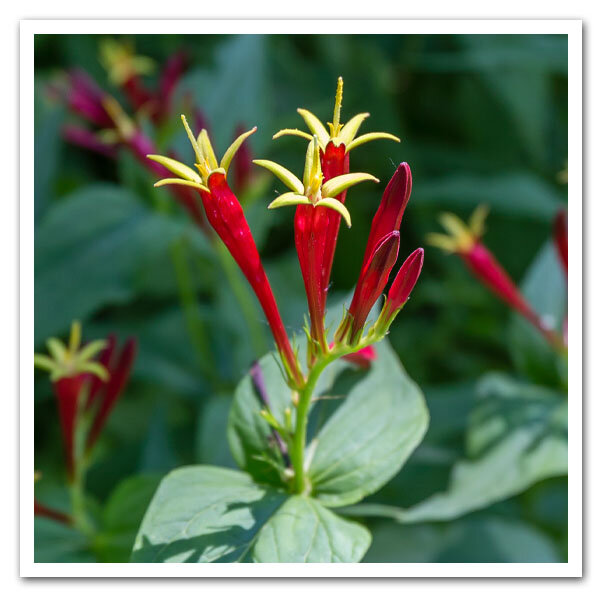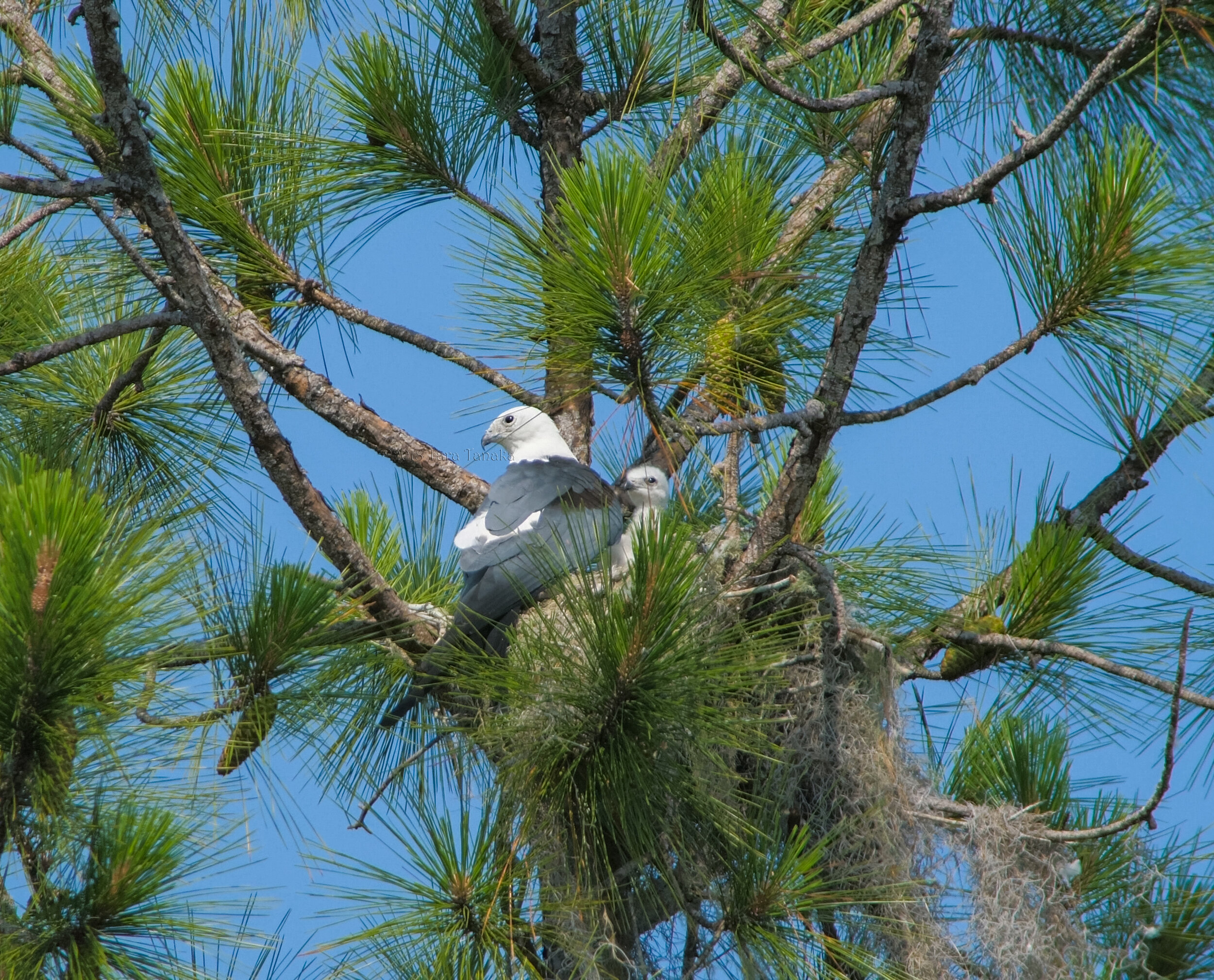Indian Pink Spigelia marilandica
We had our first sighting of a Ruby-throated Hummingbird on March 30th this year, a little later than usual. Folks in north Florida usually have the first arrivals from Central America on or about March 15th. Two excellent plants that provide nectar in early spring are columbine and red buckeye. Both are native to north Florida and do best with some shade. Red buckeye is a small tree with spikes of red tubular flowers. Columbine is a graceful perennial wildflower that has a multitude of red and yellow bell-like flowers.
There are so many great hummingbird plants, it is hard to list just a few. Some wildflowers are red sage, firebush, Indian pink, red swamp mallow and ironweed. Be sure to research planting requirements; for instance, red swamp mallow prefers moist sites.
If you’ve got a sunny arbor or post, plant a coral honeysuckle vine. Give it a light pruning after each bloom period and it will continue to bloom throughout the season. Flowers do not have to be red. Hummers drink readily from silverbell flowers and blueberry flowers, like the Rufous Hummingbird pictured here in Janeen Langley’s yard feeding on native Elliott’s blueberry flowers.
Cupea hybrid ‘Vermillionaire’
Top non-native perennials are red pentas and just about any salvia, from the blue salvias to the maroon and red salvias. The cupheas such as cigarette plant or bat-faced cuphea are fabulous. Most of these will bloom all summer and fall. I also highly recommend planting cardinal guard up close to a window or porch. It blooms in late August until the first frost and is a hummingbird magnet during fall migration.
Most of these plants are planted just outside of our office and living room windows to bring the hummers up close where we can enjoy them. We have so many good hummingbird plants in our yard that we no longer use a hummingbird feeder to entice them.
In addition to plants, you can attract hummers by providing a feeder filled with 4 parts water to one-part sugar. Keep feeders clean and change the solution regularly.
Donna Legare is retired co-founder of Native Nurseries.




